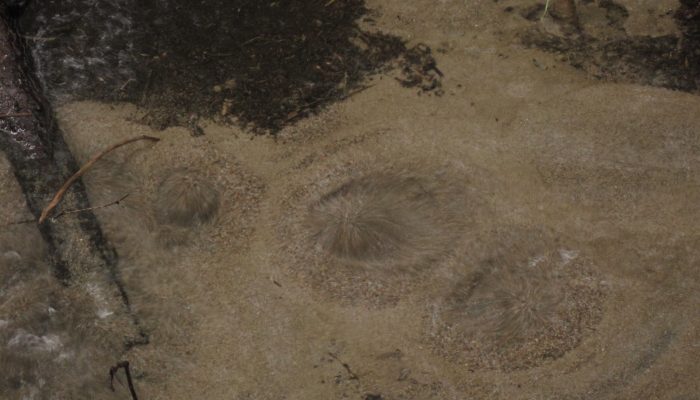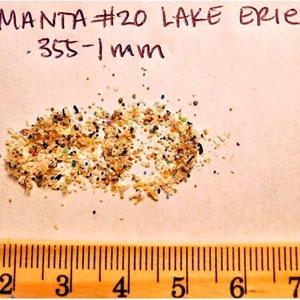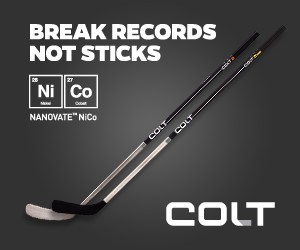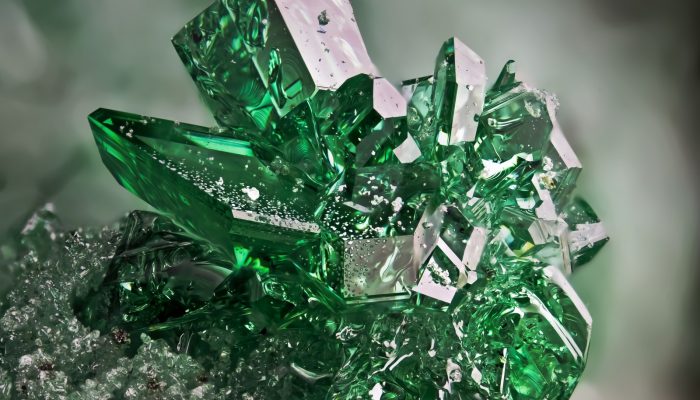Over the last century, geoscientists have made incredible contributions to our understanding of the Earth, the solar system, and beyond. Inspired by the American Geophysical Union (AGU) and the International Union of Geodesy and Geophysics (IUGG) centennials, which are celebrated in 2019, we would like to highlight Europe’s role in shaping the geosciences and the great achievements of European geoscientists within the last century.
In this series of interviews, scientists reflect on the last 100 years of Earth, space and planetary sciences in Europe and share their perspectives on the future.
 Günter Blöschl: Head of the Institute of Hydraulic Engineering and Water Resources Management and Director of the Centre for Water Resource Systems of the Vienna University of Technology
Günter Blöschl: Head of the Institute of Hydraulic Engineering and Water Resources Management and Director of the Centre for Water Resource Systems of the Vienna University of Technology
In your opinion, what are some of the biggest ways Europe and European scientists have shaped the geosciences within the last century?
Europe and European scientists have, according to my view, shaped the geosciences along three dimensions: technologies, ideas and societal needs (see this paper on the factors that have shaped the growth of hydrological understanding in the last century). New technologies, such as satellite data have immensely advanced essentially all the geosciences, together with new ideas, and all this hinges on the value society gives these developments through funding opportunities. From my vantage point as a hydrologist, I view the progress in scientific understanding sandwiched between two main external drivers:
- Changing societal needs, such as flood design, land management, and improving water quality — hydrological understanding cannot be less than what society really needs;
- Changing technological opportunities, such as instrumentation technology and computing power that come from advances made in other fields — hydrological understanding cannot be more than what technology allows.
New ideas were generated by hydrologists addressing societal needs with the technologies of their time. The growth of ideas in other geosciences was probably similar although, in some of them, societal needs may have played a lesser role.
Which European researcher from the last century has influenced your work the most?
In the geosciences, I admire the work of German geophysicist Alfred Wegener. By analysing global spatial patterns, Wegener found similarities in rock type, geological structures, and fossils in far away continents, indicating to him that these continents must at one time have been together, thus laying the foundations for his theory of continental drift. At the time, his theory was highly controversial; for example, in 1926 it was referred to by geophysicist William Morris Davis from Havard University as “the Wegener outrage of wandering continents” in an article published in Science (Davis, 1926, p. 464). Wegener had the right idea with which to see order in the apparent disorder and, even more importantly, he was a great synthesizer.
More specifically in my field, the work of Irish hydrologist Jim Dooge has influenced me a lot. He, too, was a great synthesiser. He advanced a scale perspective of hydrological processes – how small scale processes aggregate to larger scale processes, thus linking subsurface and surface hydrology and he linked a variety of different methods for modelling how much water runs off the landscape into the rivers. At the same time he linked these theoretical considerations with practical concepts that can actually be used in the engineering practice. I believe he has been a hero for many of us in hydrology. It is not a coincidence that he is the first recipient of the EGU John Dalton medal.
For the next generation of researchers, what skills/technology/concepts do you think will be the most important for advancing the next century of geoscience?
The most thrilling research questions are getting more interdisciplinary. For example, the critical water problems we face in the 21st century are complex, involving feedbacks across multiple scales, sectors and agents. Addressing these problems requires radically new ways of thinking. The important feature is the focus on co-evolution and emergent patterns.
For example, how are the vegetation dynamics over decades linked to individual flood events, and vice versa; or how does small scale land degradation affect droughts at much larger scales? How are soil, vegetation, climate and hydrological processes linked in the Earth System? This linkage is not only important for the entire Earth as a system, but also for much smaller units such as hillslopes and catchments.
This more holistic view requires synthesisers. Synthesisers in the spirit of Alfred Wegener and Jim Dooge. Synthesisers that are firmly grounded in their parent discipline and reach out to the related disciplines in a way that goes beyond coupling computer models and involves holistic conceptual thinking.
What do you think will be the biggest challenges for the geosciences in the next century?
Where are the geosciences going in a world where about every aspect of life is changing more rapidly than ever? Clearly, it will not suffice to respond to any changes, but we need to play an active role in shaping a well-connected community of Earth scientists, shaping a climate where the geosciences can thrive, and helping shape a society where our research findings make a real world impact.
Key elements of realising this pro-active role will be cooperation between disciplines, and a permanent insistence on scientific innovation. As a learned society, EGU has a strong track record in innovations in communication, such as being a trend setter in Open Access publishing and interactive presentations (PICO). I am sure that EGU will continue to play a leading role in this exciting process.
My second observation regarding change refers to the Earth system itself. We are living in the “Anthropocene”, the era where the human footprint is omnipresent, so treating humans as mere boundary conditions, as we are usually doing now, may no longer be adequate. It no longer suffices to look at the effects of the water cycle on humans (as we do when analysing flood damage) or the effects of humans on the water cycle (as we do when analysing water pollution) in isolation. What is needed is a coupled approach that accounts for the two-way interactions of humans and water over time scales reaching from seconds to decades.
Other areas of the geosciences may face similar challenges. We need to work in an interdisciplinary way to understand long term interplay of humans and geoprocesses which are needed to address a plethora of both local and global issues, and advance the geosciences. As Heraclitus said, there is nothing permanent except change. Innovation needs to be permanent. We are in for an exciting future.
References
Davis, W.M., 1926. The value of outrageous geological hypotheses. Science, 63 (1636), 463–468. Available from: http://pages.mtu.edu/~raman/SilverI/MiTEP_ESI-2/Hypotheses_files/1926-Outrageous.pdf
Sivapalan, M. and Blöschl, G., 2017. The growth of hydrological understanding: technologies, ideas, and societal needs shape the field. Water Resources Research, 53, 8137–8146. doi:10.1002/2017WR021396







